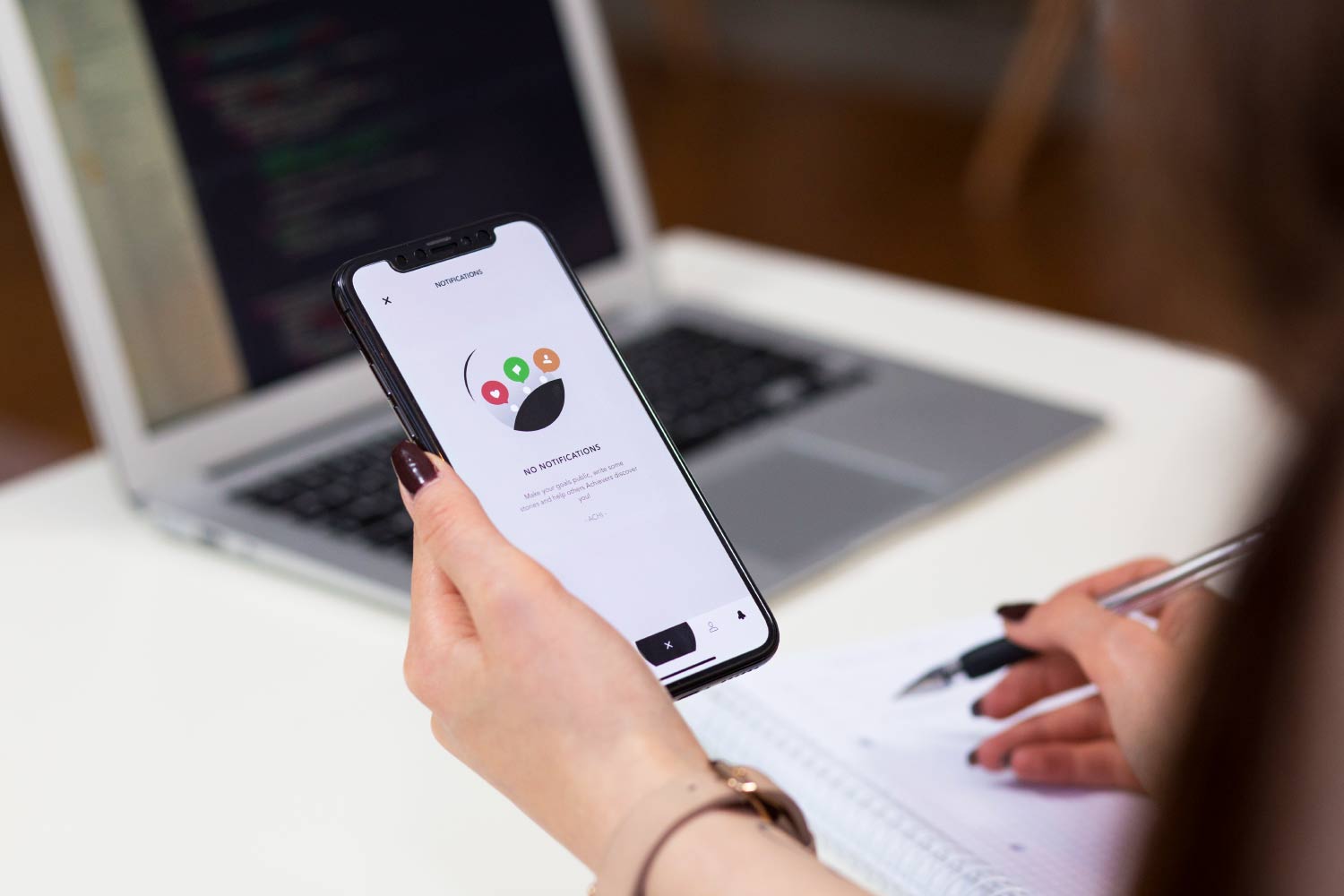If you’ve ever felt like a burden to your family and friends due to a long copay or one-time fee for certain generic medications, then online pharmacies may be the answer to your prayers. While not many people can just walk into their local pharmacy, online pharmacies are convenient and efficient ways to get prescription medications. While many pharmaceuticals are now available in generic form or off-patent products, many require a prescription in-person for over-the-counter use. While some online pharmacies have begun to cater to this market, others have emerged, offering full-service pharmacies that strive to offer the complete experience and experience with a local pharmacist, however, if you can’t wait for a pharmacy to visit you, many have “pick-up” or delivery services where you can order medications via your smartphone, tablet, or computer. And, if you can’t or don’t want to wait in your neighborhood pharmacy, these pharmacies tend to have the best prices, since these services are often outsourced to non-pharmacy employees.
Online pharmacies allow you to fill prescription medications using a pharmacy you visit online or on an app instead of in-person. Regardless of the type of pharmacy you use, local or online, medications that are not over-the-counter require a prescription by a licensed medical professional, (i.e., a physician, a nurse practitioner, or a physician assistant). A pharmacist cannot order these types of medications for you.

Delivering primary care services through retail pharmacies has proved successful during the past year. In fact, more than half of retail pharmacy patients surveyed reported using health and wellness services in the last year, according to the recently released results of the JD Power 2021 US Pharmacy Study. But even if you do not live near a traditional pharmacy, if you have limited mobility, convenience, and accessibility to your local retail pharmacy, there is no reason you should overlook online pharmacies. Studies have shown that customers who use online pharmacies have had better experiences at their local pharmacy, and that they do not face barriers with filling prescriptions. Moreover, with the growing volume of generic drugs being released in 2015, the number of people who experience problems filling prescriptions is likely to increase. Thus, if you cannot get to your local pharmacy, you will still be able to have your medications filled online from Canadian Pharmacy, using your smartphone, tablet, or computer.
As patients and providers avoid emergencies and urgent care facilities during the peak of the pandemic, many local pharmacies have gained market share and expanded services in their physical locations. From diagnosing routine illness to providing essential workers with COVID-19 screenings, and ultimately becoming distribution hubs for COVID-19 vaccinations, pharmacies have cemented their role in providing 1-stop, quality health care to patients.For the past two years, the co-lead of the Johns Hopkins health IT efforts has been Dr. Gary M. Matz. Recently, I spoke with Matz about the trend toward expanding services via pharmacy. While our own JHU efforts take up a significant portion of our research budget, Matz’ attention has focused on more human-centered initiatives, or IT efforts, focused on patients and care delivery. These initiatives are usually rooted in social science research or were only recently incubated.
In an attempt to bridge the gap between digital health and human health, Matz’ team developed “big data” capabilities for individual patients. These digital tools allow humans to interact with patient-care records in order to provide increased insight into what improves a patient’s quality of life. These tools are central to another in-progress social science project Matz has been collaborating on: “In-Q-Tel.”This first project is an initiative to embed the Johns Hopkins Health System in a well-funded US-based accelerator program called In-Q-Tel. In-Q-Tel is a venture funded by the US Central Intelligence Agency (CIA), a nonprofit organization that supports the development of technology, products, and services for the intelligence community. Its success is a direct reflection of the CIA’s investment in US-based startups.The program offers companies the opportunity to “invest” in startups that create products that bring new solutions to critical government missions or add to the resilience and security of US networks.
The premise of the program is simple: without a strong defense, national security is effectively maintained by a government with the capacity to work through crises. For example, Iraq’s Information Operations, which focuses on gathering intelligence for the US military, is under the National Security Agency. But as ISIL advances toward Baghdad, the US military’s ability to maintain security is literally under threat. The challenge is to improve the ability of this new generation of Al-Qaeda members, without a formal structure, to project power. To meet this challenge, In-Q-Tel offers companies the opportunity to add the capability to collect and analyze data, analyze that data and then use that information to generate effective intelligence. Because the intelligence produced by in-Q-Tel is based on proprietary algorithms that companies develop for In-Q-Tel’s platform, it has an advantage of not coming out of the box. Instead, by the time the algorithm produces useful results, companies are already able to leverage this amazing tool to unlock a new world of solutions.


